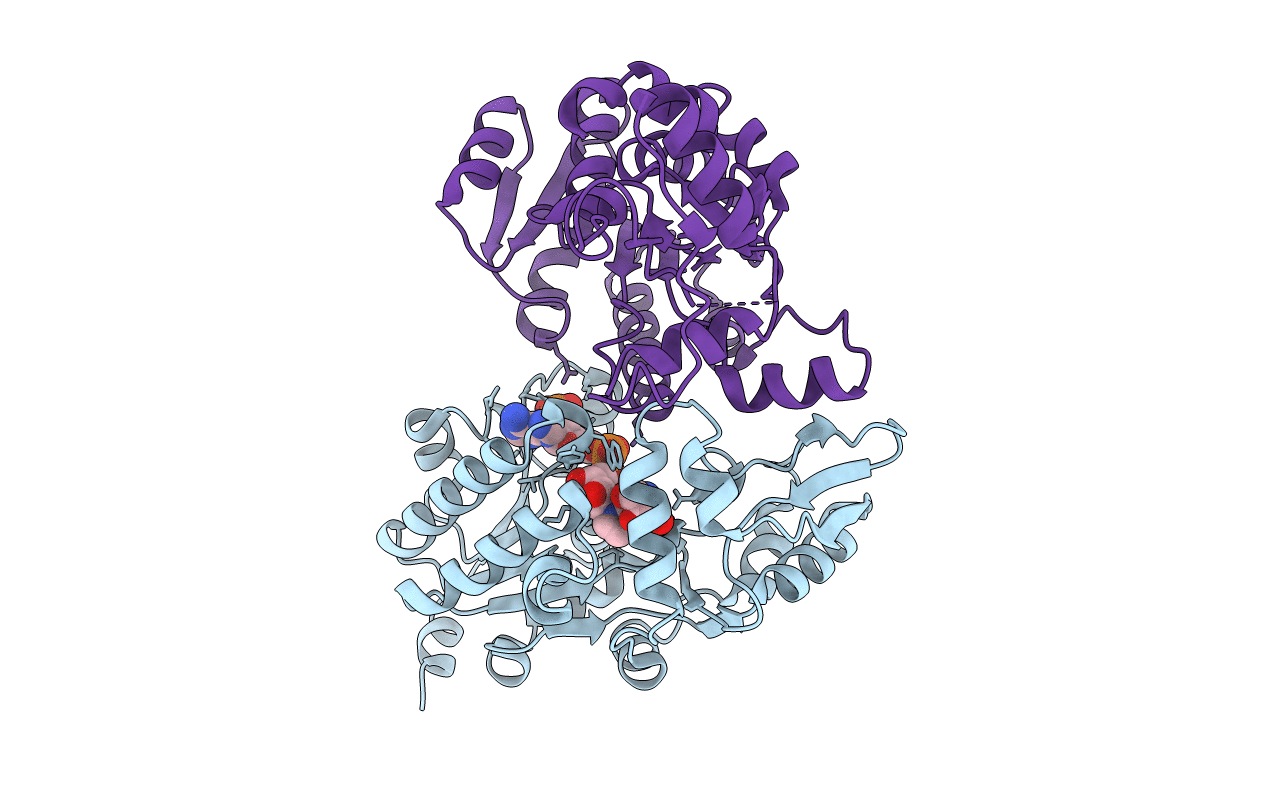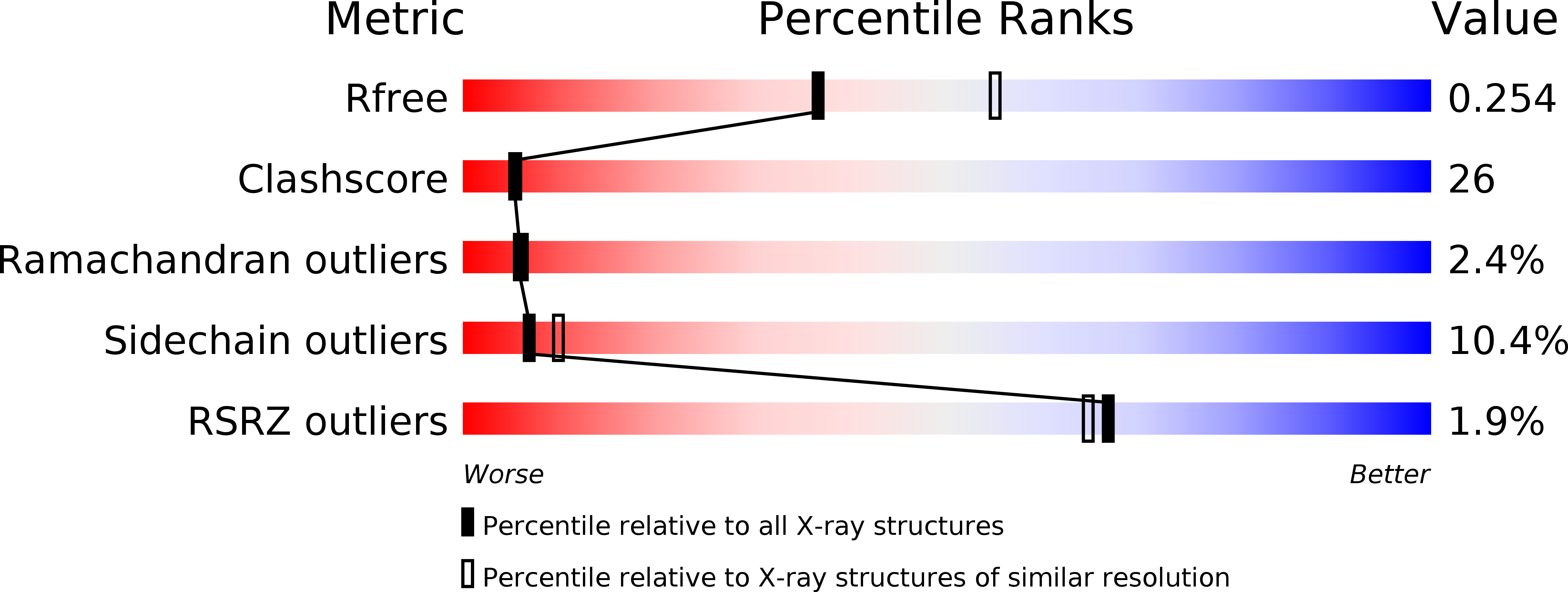
Deposition Date
2005-11-09
Release Date
2006-11-21
Last Version Date
2024-11-20
Entry Detail
PDB ID:
2EXX
Keywords:
Title:
Crystal structure of HSCARG from Homo sapiens in complex with NADP
Biological Source:
Source Organism:
Homo sapiens (Taxon ID: 9606)
Host Organism:
Method Details:
Experimental Method:
Resolution:
2.40 Å
R-Value Free:
0.26
R-Value Work:
0.23
R-Value Observed:
0.23
Space Group:
F 2 3


